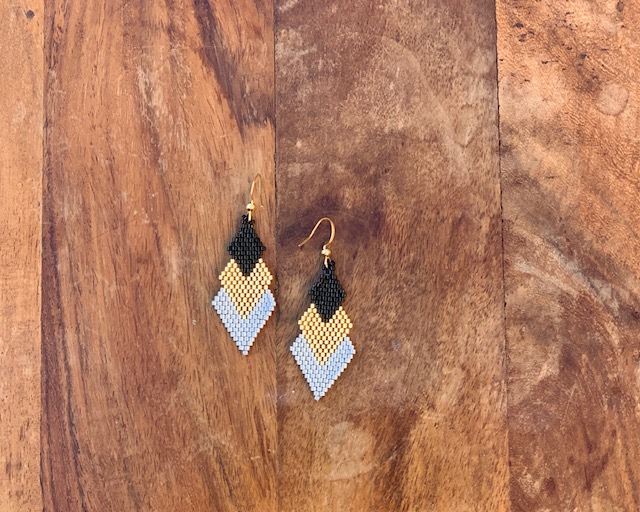
Miyuki Beads and Their Influence on Traditional Beadwork
Miyuki beads have been around since the 1940s and have become increasingly popular in the world of beadwork. These Japanese seed beads are known for their uniform shape, size, and high quality. Although Miyuki beads are a modern invention, they have had a significant influence on traditional beadwork around the world. In this article, we'll take a closer look at how Miyuki beads have influenced traditional beadwork.
Miyuki beads have played a significant role in preserving traditional beadwork. Traditional beadwork often uses natural materials, such as seeds, shells, and bones, which are difficult to obtain or preserve. Miyuki beads offer a suitable alternative that is readily available, long-lasting, and comes in a variety of colors and sizes.
For example, Native American beadwork, which is known for its intricate designs and use of natural materials, has incorporated Miyuki beads into their work. Miyuki beads are a great substitute for traditional materials, allowing traditional beadwork to continue for future generations.
Miyuki beads have also expanded the range of techniques used in traditional beadwork. Miyuki beads come in various shapes, sizes, and colors, making them ideal for creating intricate designs and patterns. Traditional beadwork that previously only used basic stitches can now incorporate Miyuki beads and take advantage of the vast possibilities that these beads offer.
For example, African beaded jewelry, which traditionally used large seed beads and simple techniques, has adopted Miyuki beads to create intricate patterns and designs. The use of Miyuki beads has transformed traditional beading techniques and helped to create new and exciting designs.
Miyuki beads have allowed traditional and modern beadwork techniques to blend seamlessly. The uniformity of Miyuki beads makes them a suitable choice for combining with other materials such as gemstones and metals, allowing for the creation of unique and contemporary designs.
For instance, the Masai tribe in Kenya, known for their intricate beadwork, has combined traditional beadwork with modern materials, such as Miyuki beads. The use of Miyuki beads has allowed the tribe to expand their designs, making them more contemporary and appealing to modern customers.
The popularity of Miyuki beads has allowed traditional beadwork to reach a global audience. The availability of Miyuki beads in different colors and sizes has made it possible for traditional beadwork to be adapted to different cultures and preferences.
For example, the Huichol tribe of Mexico, known for their intricate beadwork, has adapted their designs to appeal to a global audience by using Miyuki beads. This has allowed the Huichol to share their cultural heritage and traditional designs with a wider audience, increasing appreciation and understanding of their beadwork.
In conclusion, Miyuki beads have had a significant influence on traditional beadwork. They have helped to preserve traditional beadwork, expand beadwork techniques, blend traditional and modern techniques, and globalize beadwork. The use of Miyuki beads has enabled traditional beadwork to adapt to modern times while maintaining its traditional roots, making it more accessible and appealing to a wider audience.
Links
About Us
Our product
Gallery
Blog
Contact Us
Cookie Notice
Terms And Conditions
Service & Security Highlights
About
London Miyuki All rights reserved.
ZeplinGo® | Website Design Prepared with.



